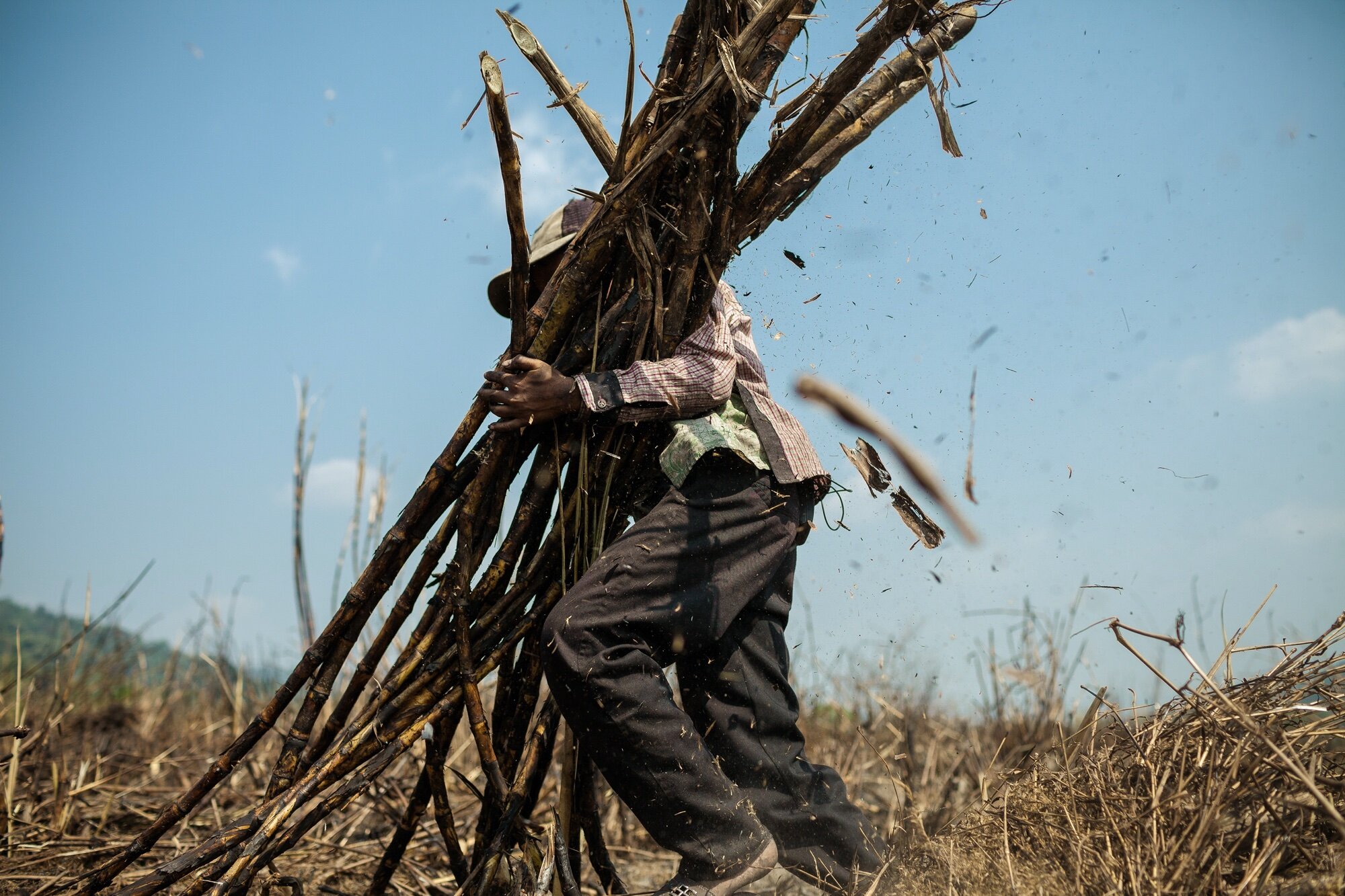Meet the Team: A Q&A on Disasters, Climate Change and Trade
Our new project, the Disaster Trade, sets out to highlight the close inter-linkages between “natural” disasters and trade. Indeed, as we aim to show, it isn’t possible to truly understand the structures and processes that lead to disasters, without placing them in the context of the economic flows that shape our world.
But before we can start to answer this question, we need to go back a step and ask a prior one. In a world we know to be so globalised, why do we continue to continue to think in such a static and local way about impacts of climate change. In other words, why is international trade not a bigger part of the global conversation on climate change and what can we do to change this?
Drawing on a broad range of cross-disciplinary experience, each of the members of our team have taken the time to bring their perspective on this question:
Dr Ricardo Safra De Campos
The contemporary world is highly mobile. The flow of people, goods, commodities and capital is a recurrent feature in the lives of people worldwide with international trade being an ever-present feature of world economies. However, much less attention is given about the trade’s role in overall climate change and in greenhouse gas emissions specifically. To change this we need to be able to establish the carbon footprint involved in the production-chain of goods while at the same time developing strategies to trace the emissions involved in the transportation of such goods as part of import-export commercial relations between trade partners.
Dr Alice Moncaster
The construction industry is notoriously difficult to change, being inherently fragmented, with low profit margins and associated long-term skills shortages. EU and international standards for measuring the environmental impacts of construction materials have been published since 2011, but only within the last few months has the construction industry started to talk more widely about this, particularly following the report from the World Green Building Council 'Bringing Embodied Carbon Upfront' (2019). Some construction products, particularly from parts of Europe, now produce Environment Product Declarations (EPD) which state their environmental impacts including Global Warming Potential (GWP) or 'carbon'. However most construction materials and products are still manufactured without any such statements. In turn, very few individual building projects measure their total embodied carbon, and so there has been little encouragement of manufacturers to produce EPD. Within construction, therefore, until recently there have been very few drivers to understanding the global warming impact from domestic, let alone imported, materials. This is now changing, with the professional institutions such as RICS and RIBA taking the lead on encouraging measurement of embodied impacts. It is crucial that international trade is not excluded from this new move, and that the global warming and wider social and environmental impacts of all construction products are identified and minimised.
Mr Luis Scungio
Nowadays, global trade is still at the margin of the international debate on how to combat climate change, partially because of the idea that all countries, including those in the global south, should equally be able to develop plans aimed to effectively reduce their shares of carbon emissions. Meanwhile, polluting industries have moved their productive capacities to developing nations where deregulated institutional landscapes, weak governance and cheap labor offer favorable conditions to unload the human and environmental “externalities” of unsustainable ways of production, whereas global consumption of goods is concentrated in advanced economies with stronger institutional frameworks. Policy-makers need to address both the social and environmental costs suffered at local level and associated climate change impacts affecting the whole planet with new ways of measuring countries’ carbon emissions, so that loopholes created by international trade are captured by consumption-based approaches to national climate change commitments and regulations.
Professor Tasneem Siddiqui
Scientists tell us that the most profoundly damaging impact of climate change in Bangladesh will take form in floods, salinity intrusion and droughts, all of which will drastically affect crop productivity and food security. Yet Bangladesh is highly dependent on its agro based economy. Around 60% labours is involved with this profession. But over the last two decades the economy turns into rapid industrialization. The transformation of ownership of state-owned industries to private and increasing growth of garment industries and manufacturing goods industries replace the agriculture sector in terms of national income. It is noteworthy that despite this rapid industrialization the country has yet to reach to sustainable economic growth due to poor environmental management. Most of the industries lack a sound waste management system. In most of the cases, wastes are externalized into the air, and river that pollute water, air and land. Moreover, unplanned urbanization and the growth of unhygienic settlement (slum) near adjacent industries pose a serious challenge to the ecosystem. On the other hand, changing livelihood pattern (consumerism) also lead to increasing emission of CO2 and other harmful gases. In the coastal areas, hills are frequently cut down by scrupulous businessmen and forests are in the process of extinction due to the initiation of some unplanned development projects. The combined effect of these acts is treacherous.
Professor Ian Cook
International trade and climate change often seem like two different things, with different sets of expertise, conventions and organisations. For me, it was a cult reading for material culture scholars - StefanIe Boge’s 1995 classic ‘The well travelled yoghurt pot: lessons for new fright transport policies and regional production’ - that brought the two together. She calculated the distances that the ingredients of a single pot of strawberry yoghurt, including its packaging materials, had travelled in order to question the environmental impacts of a simple everyday commodity. Internalising these ‘external’ climate change costs as hidden ingredients - she didn’t do that, but that’s how I pictured it - is what this project is aiming to do with the imports we depend on. Where do they come from? How did they get here? What’s in them?
Dr Laurie Parsons
As the cultural optimism of the 1990s has given way to the instability and insecurity of the early 21st century, the world finds itself at a troubling moment. Over three decades of neoliberal globalisation have contributed to the redirection of manufacturing from the global North to the global South, leaving us structurally dependent on international economic systems. Yet our political systems remain stubbornly national, engendering a fundamental shift in the balance of power between politics and economy and leaving us ill-equipped to scrutinise the impact of global processes like trade on the environments in which they occur. The hidden impacts of trade on the environment is just one aspect of this wider picture, but one we hope to draw attention to through this project.







